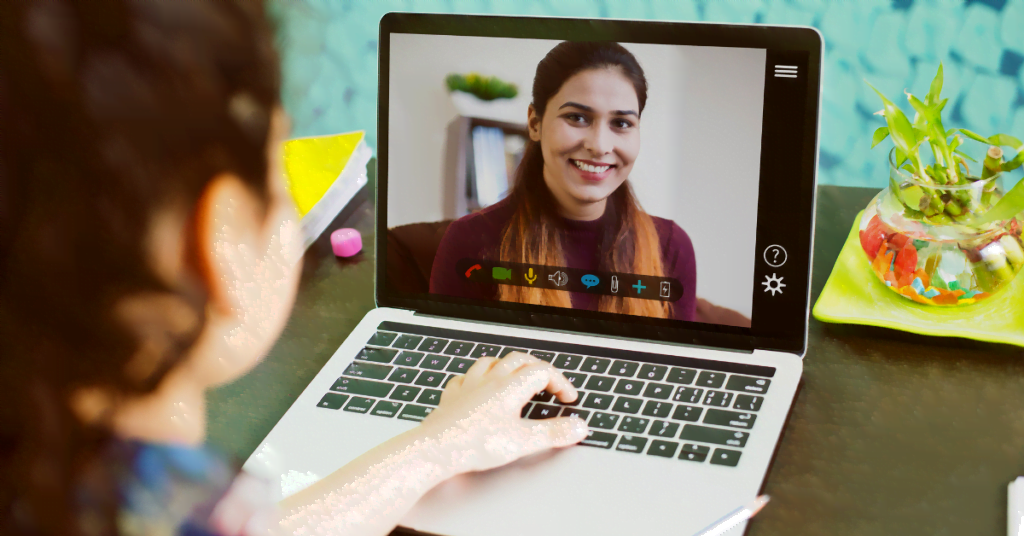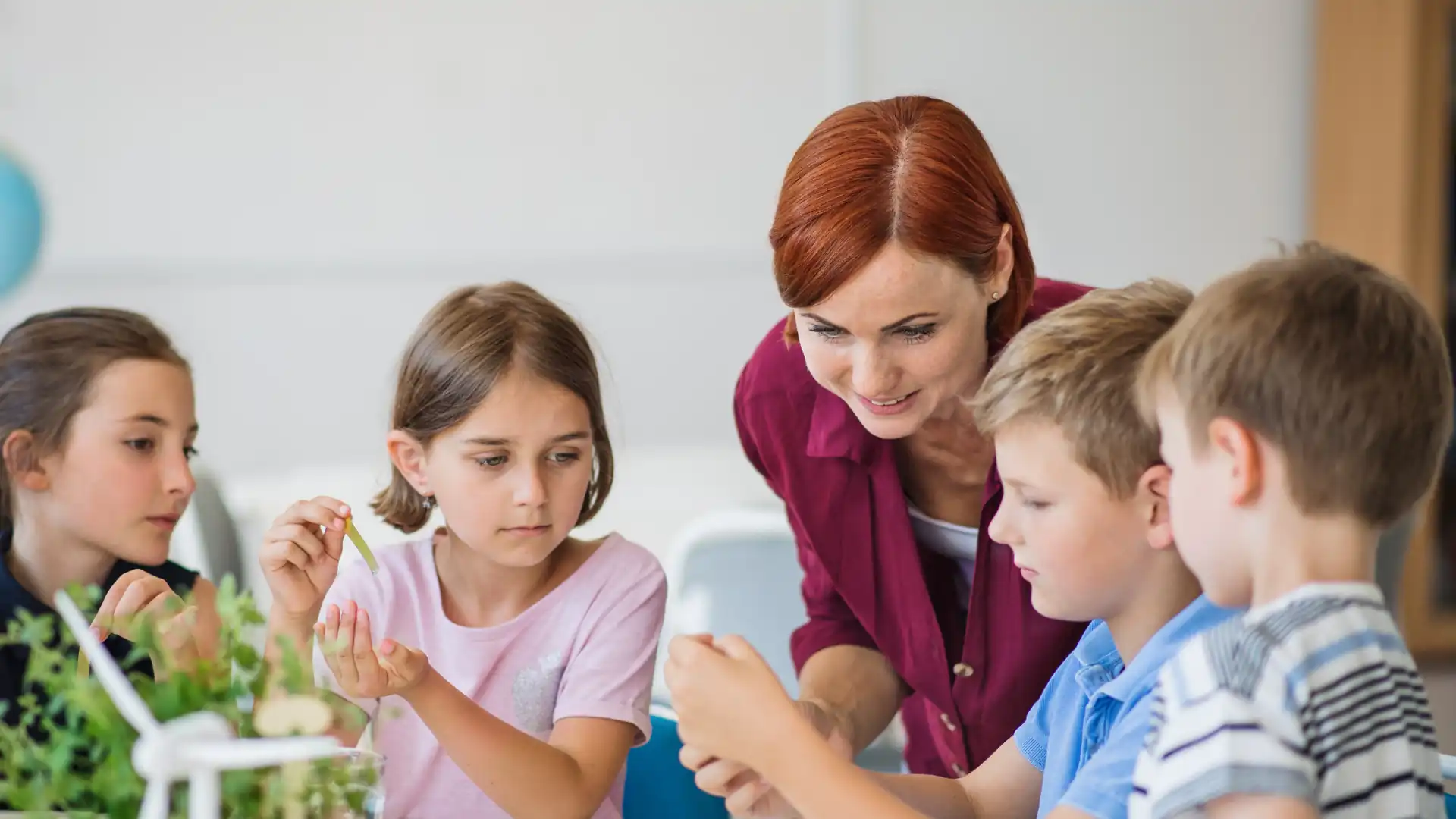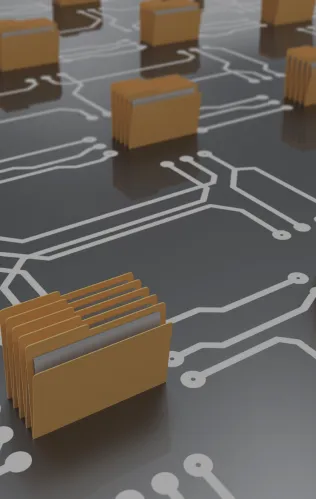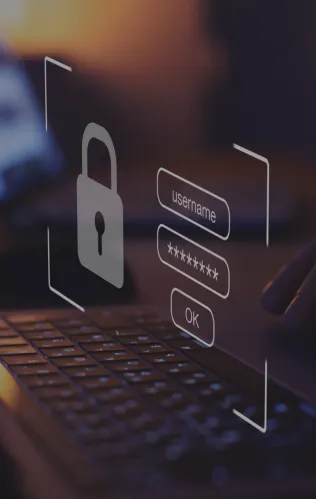Classter in association with Dimitrios I. Sotiropoulos, Ph.D. (Educator and Trainer in Digital Technology, Professor of the University of Thessaly), presents a brand-new series of articles focused on informing educators about the various concepts for distance teaching. Through these articles, we aim to offer practical suggestions that will improve the educator’s ability to perform distance teaching effectively, with the use of the latest technology.
With the outburst of COVID-19, we are observing an enormous effort to design and deploy distance learning initiatives in all levels of education, K12 and Higher Education, both for private schools and public ones. Depending on the country and the specific structure of each educational system, we saw that some institutions have already been ready to deal with the new situation while most of the institutions had to adapt “on-the-fly” to the new situation.
Based on our experience from Greece and South-Eastern Europe, educators are for the first time discussing concepts and processes regarding distance learning, online education and they are looking at how these can be implemented in the every-day teaching process.
We believe this is the right time to introduce and explain the basic concepts of distance learning and give some practical tips and tools that will empower educators, in order to able to deal with the new challenges they are encountering.

What are the basic concepts of distance learning
Communicating remotely for teaching purposes can be done in different ways and it is addressed to different categories of learners (students, educators, professionals, executives), with different objectives for each category. As you can easily understand, it’s fundamentally different be an adult going through an online MOOC from being a young student participating in an organized learning process that resembles the typical learning process in the physical classroom.
If, for example, the objective of distance learning is to offer a University course online, then the whole set up of the digital environment should be adapted to the specific needs of this audience. We can, of course, breakdown the forms of remote communication for the educational process to separate parts, in order to identify the type of approach that should be followed.
But, there some common aspects in all types of remote communication such as the use of cameras, microphones, the virtual classroom, the sharing document space, and a few more.
In all cases, there are two basic concepts in distance learning: asynchronous learning (where the two parts aren’t communicating in real-time) and synchronous learning (where the two parts communicate in real-time).
The role of the online communication platform
The core environment where the distance learning process is taking place is the online communication platform. The term “platform” refers to an online environment with the functionality that allows the creation of separate sections, the assignment of distinct roles to participants, and gives the ability of direct communication between all stakeholders.
A simple example of this definition is social media networks such as Facebook, Twitter, Instagram (with completely different communication objectives of course) where users have distinct roles and can communicate with each other in various ways.
The concept of asynchronous learning refers to the process where the student must follow a course or a set of learning material at their own pace. In this type of distance learning process, the educator’s upload teaching material on the online platforms that allow this type of asynchronous communication such as Moodle, Blackboard, Classter, etc.
The concept of synchronous learning refers to the process of “simulating” the physical classroom with the educators and students being online in a virtual classroom setting at the same time.
There are many different platforms widely available, that offer functionalities for creating synchronous and asynchronous learning environments. Few of them can combine both environments in a single platform. For example, the cloud-based SMS Classter offers the option to educational institutions to switching from synchronous to asynchronous learning, depending on the needs of the specific course or subject. The way to do so is by having out-of-the-box integrations with popular tools such as MS Teams, Cisco Webex, Zoom (for synchronous learning), and Moodle (for asynchronous).
Distance learning in the COVID-19 era
Distance learning has arisen in response to the COVID-19 crisis not only as an option but also as a necessity for allowing students to stay in contact with the educational process. Institutions are facing the need to design and deploy distance learning initiatives in both formats (synchronous and asynchronous) at a fraction of the time needed otherwise. In this kind of situation, where social distancing is the new norm, prioritizing tasks can make the difference between make it or break it.
Besides the technical aspects though, it is important to take into consideration the psychological state of all stakeholders. Educational organizations should focus also on providing psychological support, empower students, and remove communication barriers in both ends (students and teachers).
Ηow to train all stakeholders, to create an efficient distance learning set up
The effective design and deployment of distance learning initiatives, within the context of the pandemic, requires a careful, step-by-step approach. This approach doesn’t have to be linear as there might be a different level of familiarization with tools and concepts from one educational institution to the other.
First, the IT team of the educational organization needs to create a checklist for evaluating the current Student Information System’s functionality and human resources available. It is also important to assess the digital skills of students, teachers, even parents (in case this assessment hasn’t been done in the past).
The objective here is to identify the appropriate IT stack that will allow all stakeholders to participate in the distance learning environment and offer additional support to the people that are more in need.
How to prepare the educational institution’s IT Team
So, after preparing the checklist and going through it, the IT team should ensure that all students are able to login to the selected distance learning platform with valid email addresses (they can alternatively use their parent’s instead), the parents are aware of the process and they have opted-in to the necessary legal consents for having their kids participating in the synchronous learning process.
In general, there must be legal documentation available that will clarify issues related to legal rights and personal data protection, preferably in a format that will allow parents to sign it digitally.
Additionally, IT specialists should specify the best practices for the selected synchronous learning platform and inform stakeholders accordingly, based on their role. For example, they should make configurations to the system related to the use of cameras, microphones, user roles, access to files, and the option for 1-to-1 communication.
In case the stakeholders are familiar with using similar tools, the educational institution can start immediately with the synchronous learning sessions with the selected platform (indicative platforms: Microsoft Teams, BigblueButton, Zoom, Cisco Webex, Blackboard Collaborate, ezTalks Webinar, WizIQ VirtualClassroom, AdobeConnect) by setting the framework for collaboration between stakeholders.
The reality is that there is no “one size fits all” tool for online communication. Some of the platforms are more compatible to executive meetings and others are tailored to the needs of synchronous learning within the context we are discussing. What is more important here is to find a platform that can “replicate” the functions of your physical classroom in a digital environment.
It’s important to have the option to align the online teaching sessions with the existing educational program of the school, the existing classes, subjects, marking periods, and so on. Advanced Student Information Management Systems such as Classter can offer that kind of functionality to an educational organization. Later, when the distance learning environment will be “live” the teaching process will require the use of an asynchronous learning tool, complementary to the synchronous one, in order to be able to exchange assignments, homework, teaching material, etc. This combination of synchronous and asynchronous platforms will provide a complete IT stack that will make the continuity of the physical education process in the digital environment a reality.
How Teachers and Students should prepare themselves for distance learning
In order to streamline the process, it is better to get the teachers that are already familiar with distance learning tools and processes onboard, as they will be able to introduce students to this new reality more effectively.
If this “critical mass” of experienced teachers doesn’t exist, educational organizations should first and foremost organized training sessions for the educators regarding the tools they will use and run simulations of the process with role-playing. It’s crucial that teachers know how to use the selected technology as this will allow them to focus on the actual teaching instead of losing time troubleshooting during the actual online teaching session.
Also, if students aren’t familiar with any of the two types of distance learning, then it’s better to use a lean online environment just for simple communication initially, and then we allocate some time for introducing the new tools to everyone. It’s very important to stay in touch with students from the first days of the school’s lockdown in order to give them the sense that the educational process hasn’t been shut down.
In that sense, the educational organization must act according to a strict plan and communicate clearly to students what are the distance learning tools that will be used and what is the optimal way to use them. It helps if we explain in a simple way the basic functionality of each tool in order to remove all the stress from the introduction of this new process.
Wrap-up
Although the concepts of virtual classroom and distance learning are quite popular in the last few years, they really entered the lives of most teachers and students due to the COVID-19 crisis. As a result, it’s of great importance to providing all stakeholders of an educational institution (IT, administration, educators, students) with the appropriate tools and guidelines in order to create a digital environment that will cover the specific needs of teachers and students.
Synchronous and asynchronous learning platforms are the most important tools that educational institutions can put in place for creating a fully functional distance learning environment that will resemble, as much as possible, the physical classroom, and at the same time helps students to build their future digital skills.
In the second article of the series, we will further analyze the synchronous and asynchronous methods of Distance learning. Learn more about the benefits of each methodology as well as practical examples in their use in a K12 School environment.
FAQ’s
Distance learning encompasses asynchronous and synchronous learning,using online platforms for remote communication between educators and learners.
Classter offers functionalities for both synchronous and asynchronous learning environments, allowing educational institutions to seamlessly transition to remote teaching and learning.
Synchronous learning involves real-time communication between educators and students, while asynchronous learning allows learners to engage with course material at their own pace without real-time interaction.













